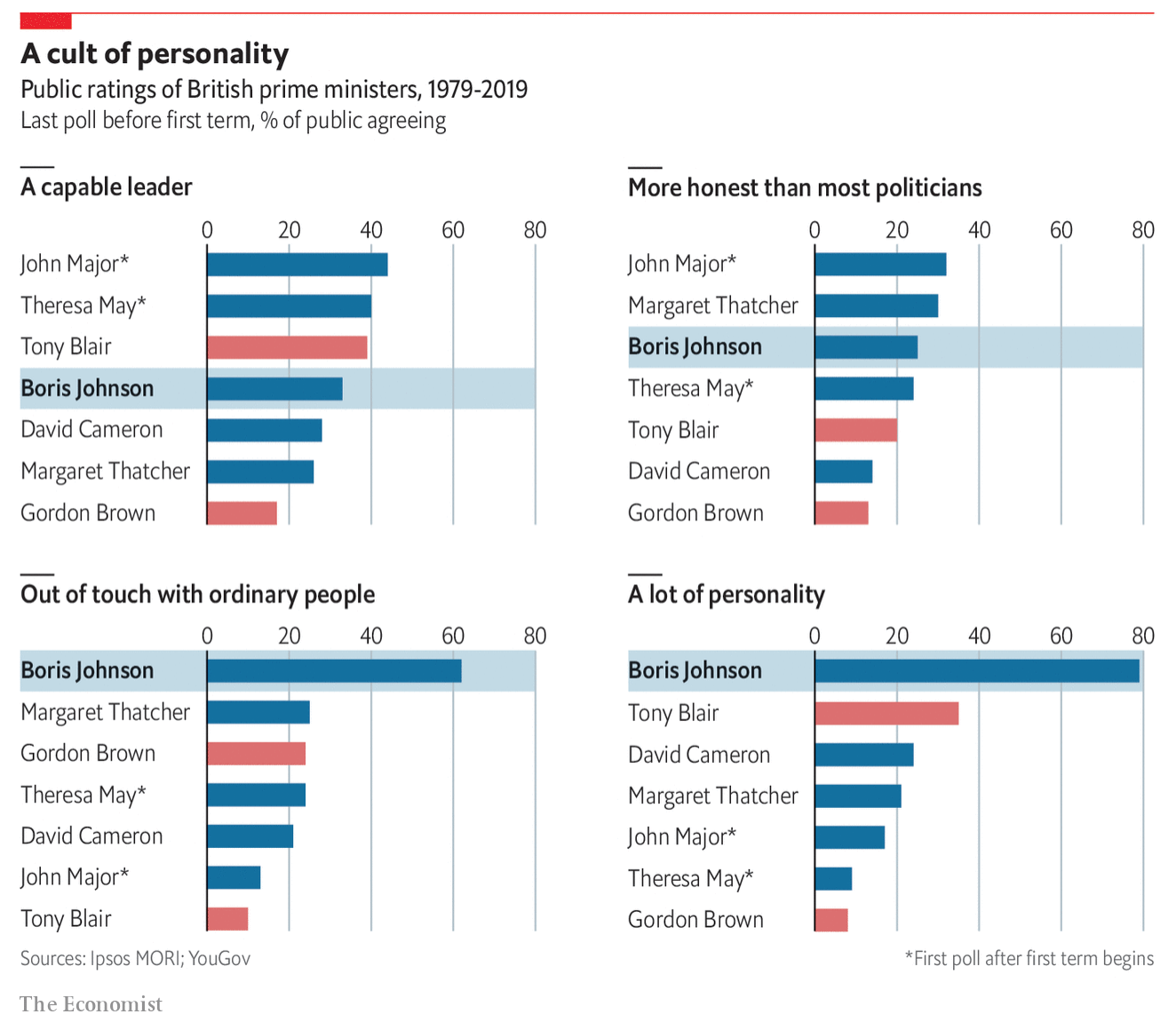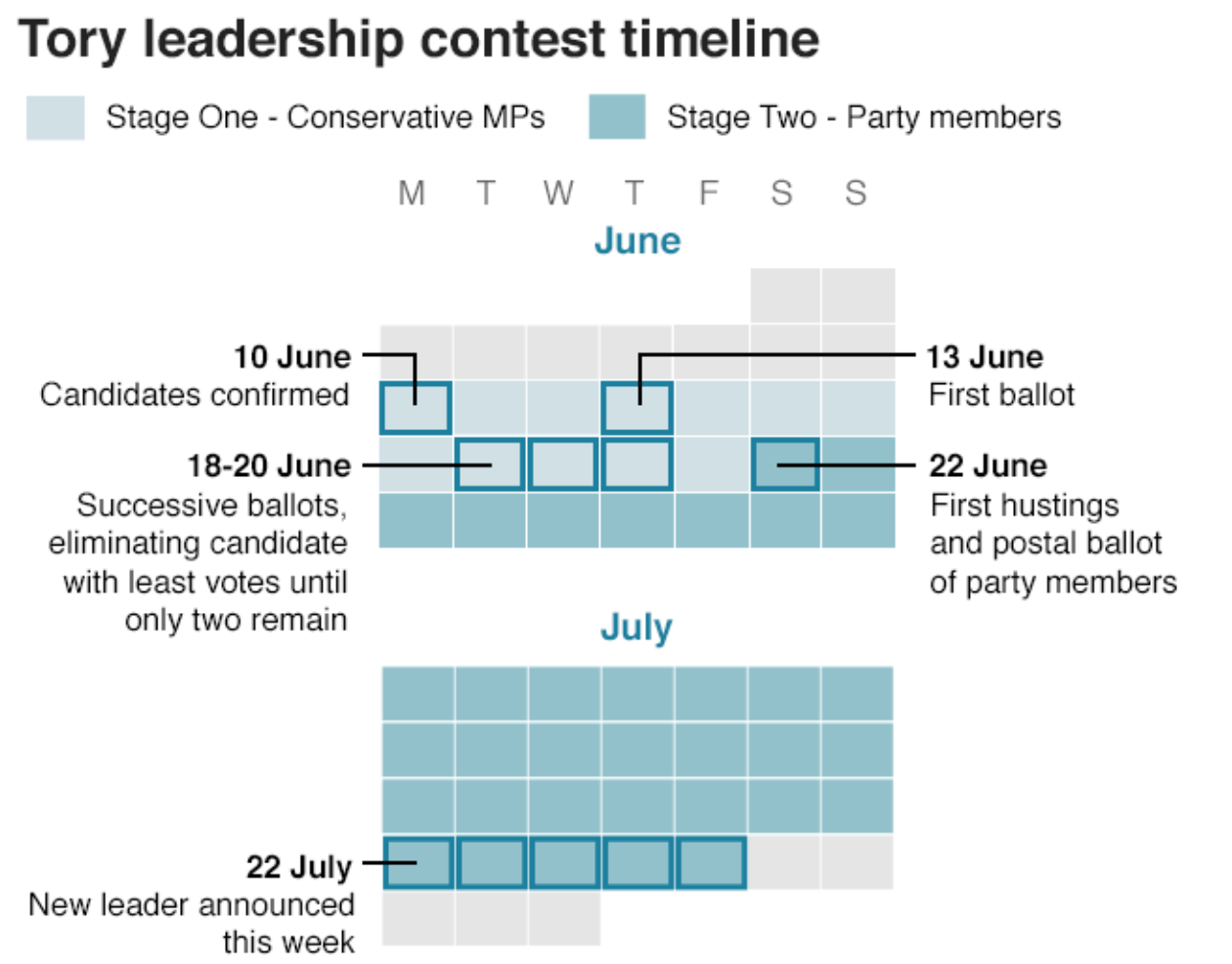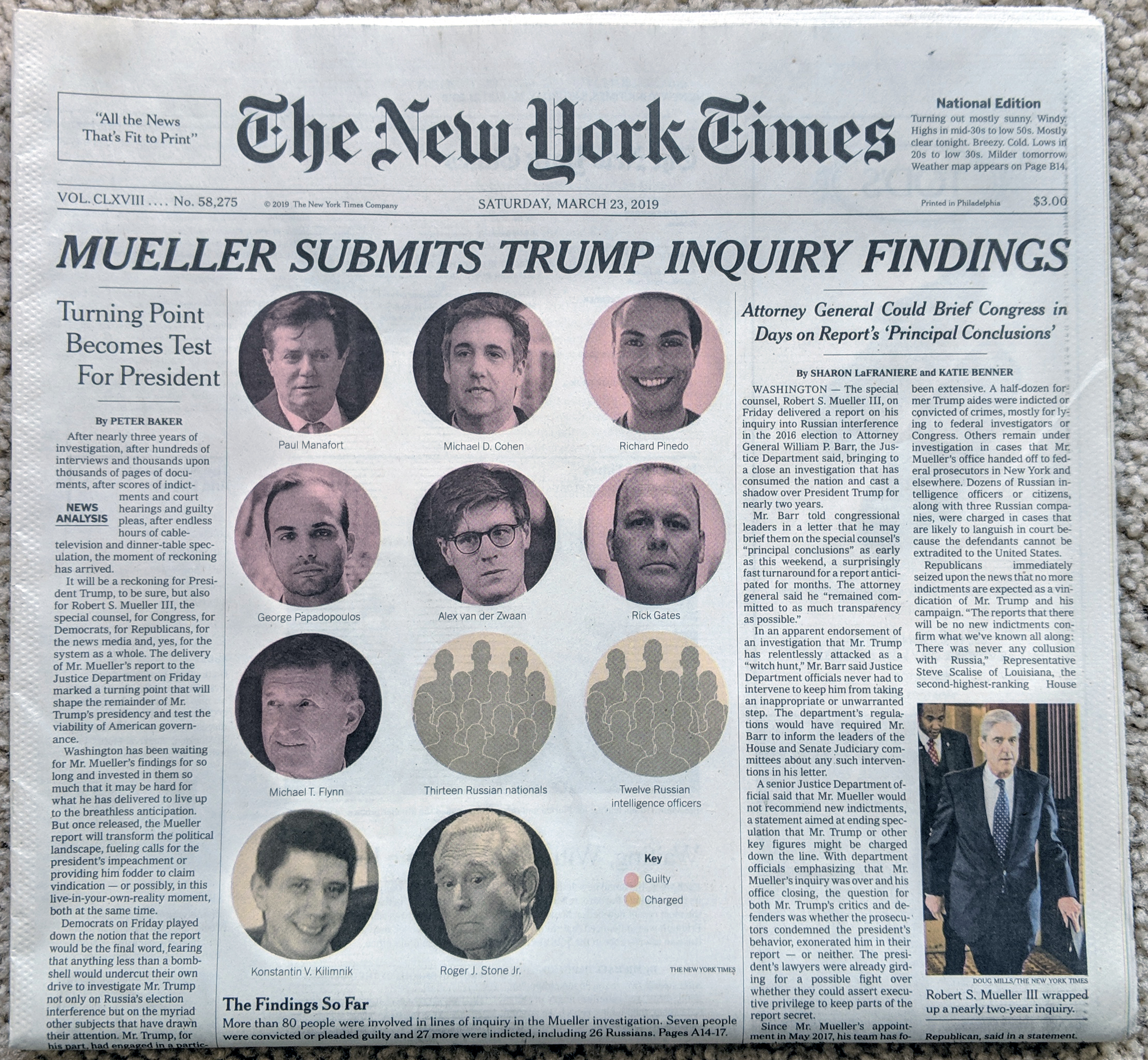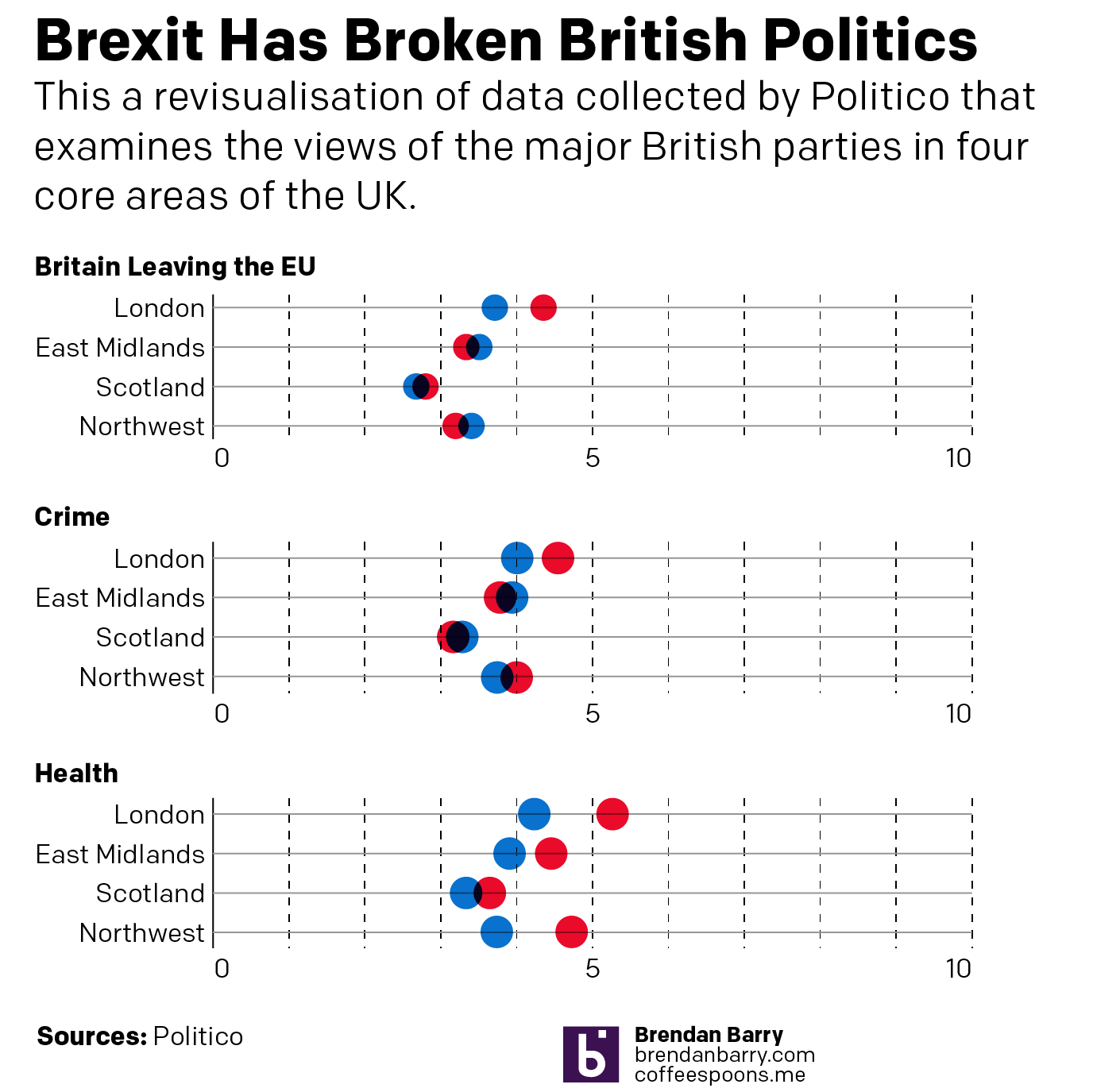This week is the Conservative Party Conference in Manchester where the Tories unveil their government programmes and platforms. Naturally it has been overshadowed by allegations that Boris Johnson groped one (maybe two) reporters at a dinner in 1999. Just prior to that scandal, however, there was another. In this, Johnson was allegedly having an affair with an American businesswoman for whom he then arranged lucrative business deals whilst in office as the Mayor of London. Johnson has been referred to a police unit for further investigation in that matter. Sounds like some, you might say, golden parallels to…someone or something.
But today’s big news about the government’s plans is that they might have one regarding Brexit. And that plan is to essentially create a hard border between Northern Ireland and Ireland, violating certainly the spirit if not the letter of the Good Friday Agreement that brought the end to the Troubles.
Why is this a big deal? Well, one, remember all the debates during the Brexit Referendum campaign about the Irish border, how the different groups had different solutions to this fundamental problem?
Oh wait, yeah, nobody ever brought this up. Sorry.
So back to my trilemma graphic. I’ve updated it to show which two sides of the triangle Boris Johnson seems to be choosing. To be fair, as I’ve said many times, the UK cannot have all three points of the triangle. They need to pick two. And so, unlike Theresa May, Johnson is at least picking two. My problem is that this was never discussed during the Brexit debates and it seems a rather drastic decision to not have it be confirmed by the people since they never explicitly voted on it.

Credit for the graphic is mine.













